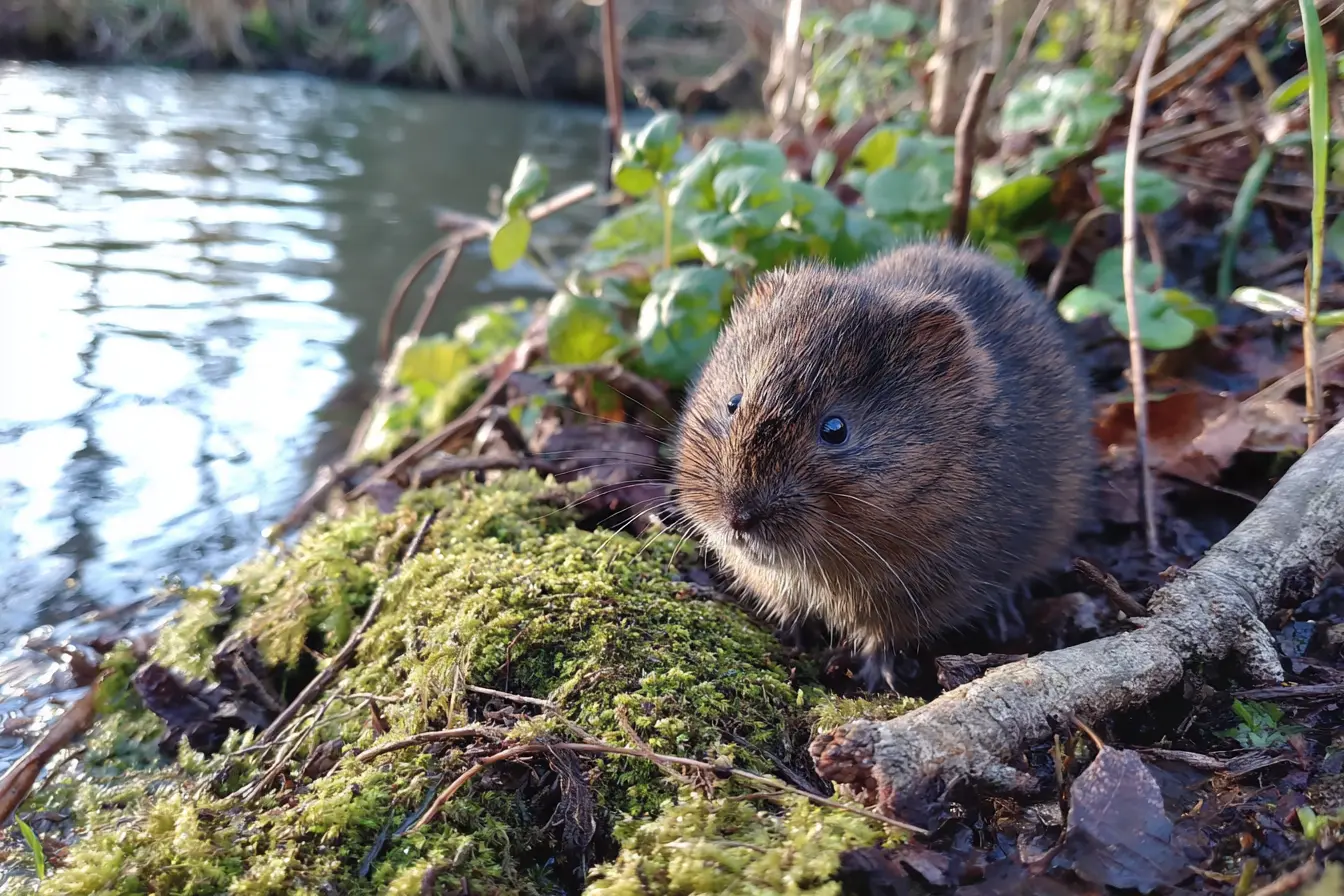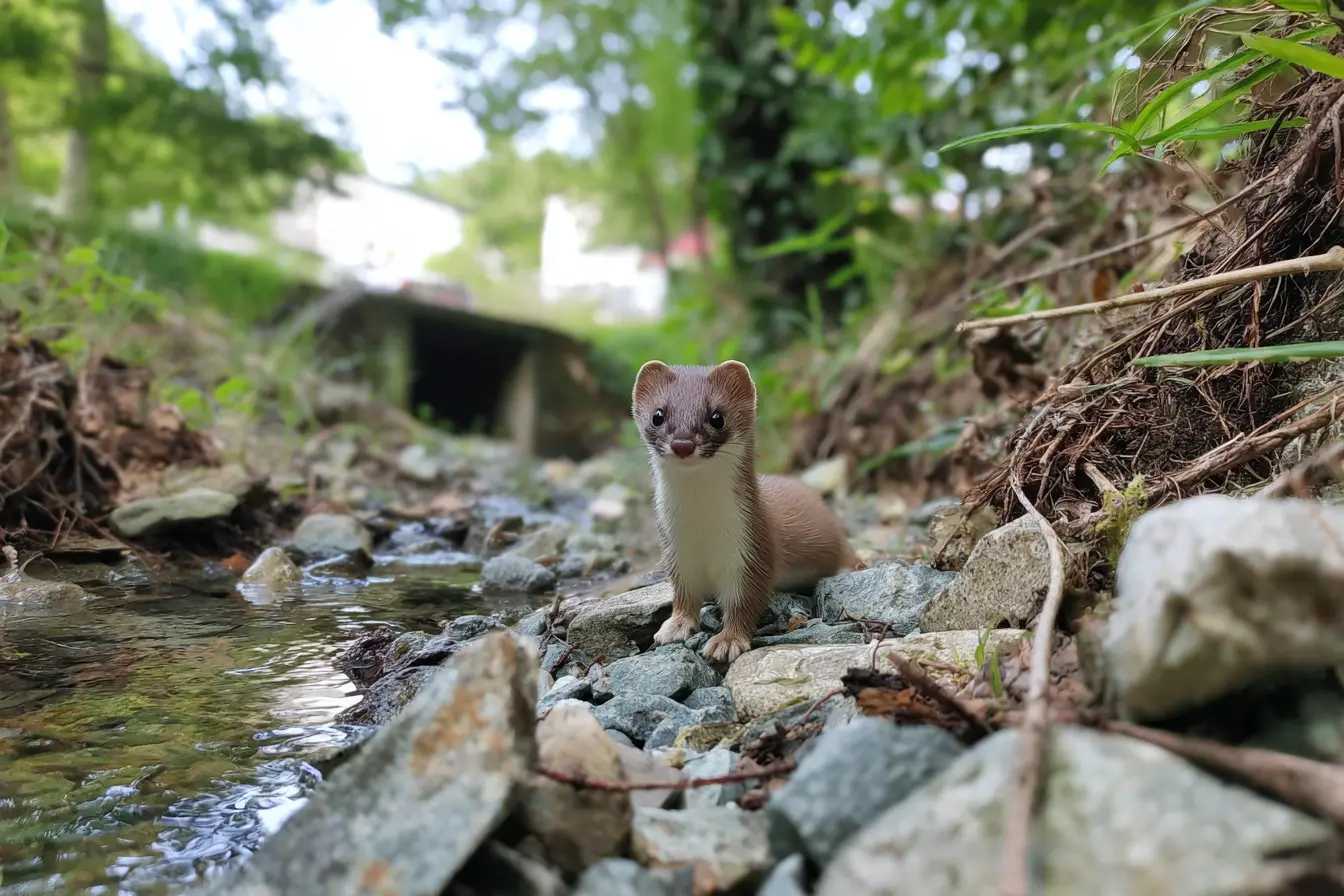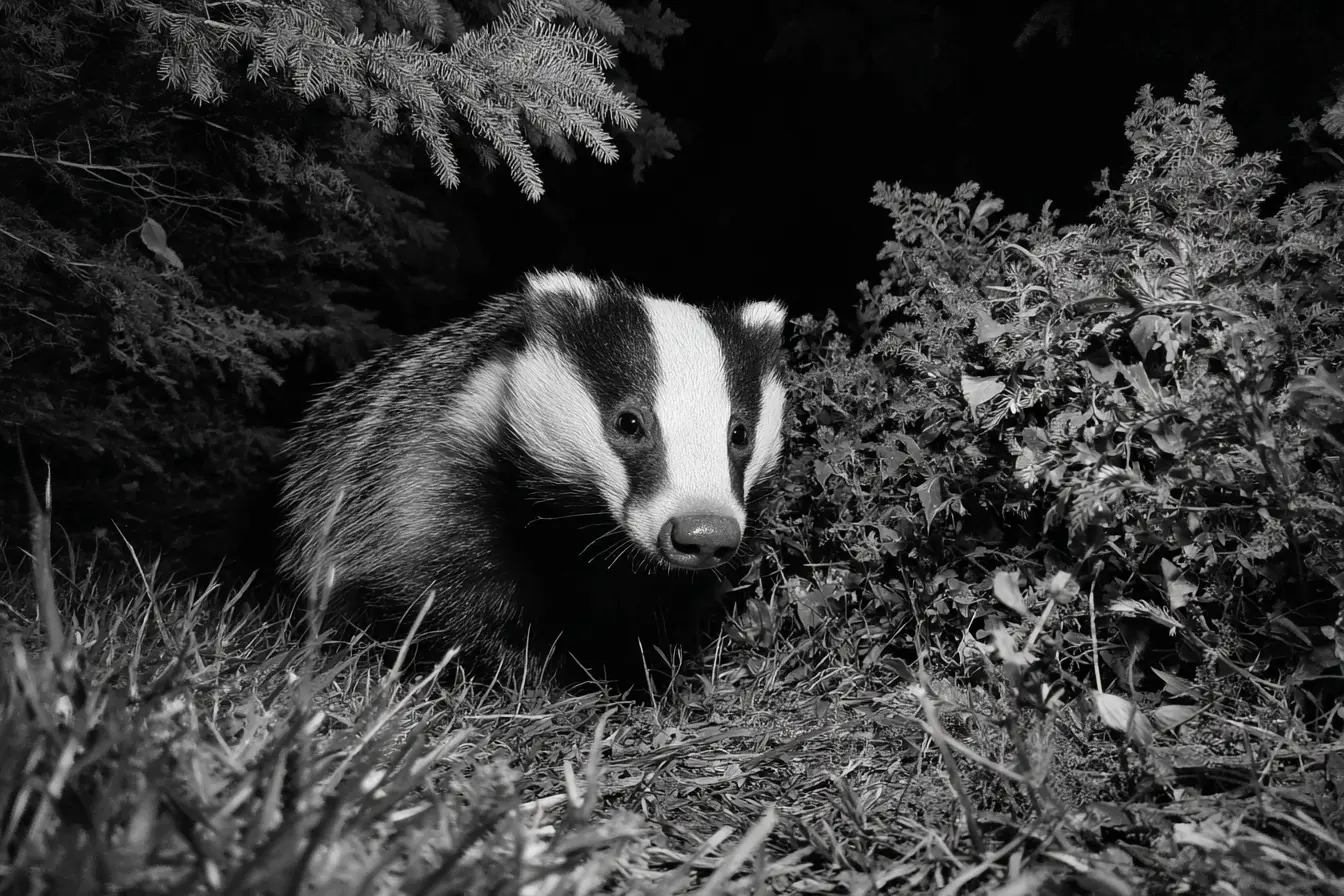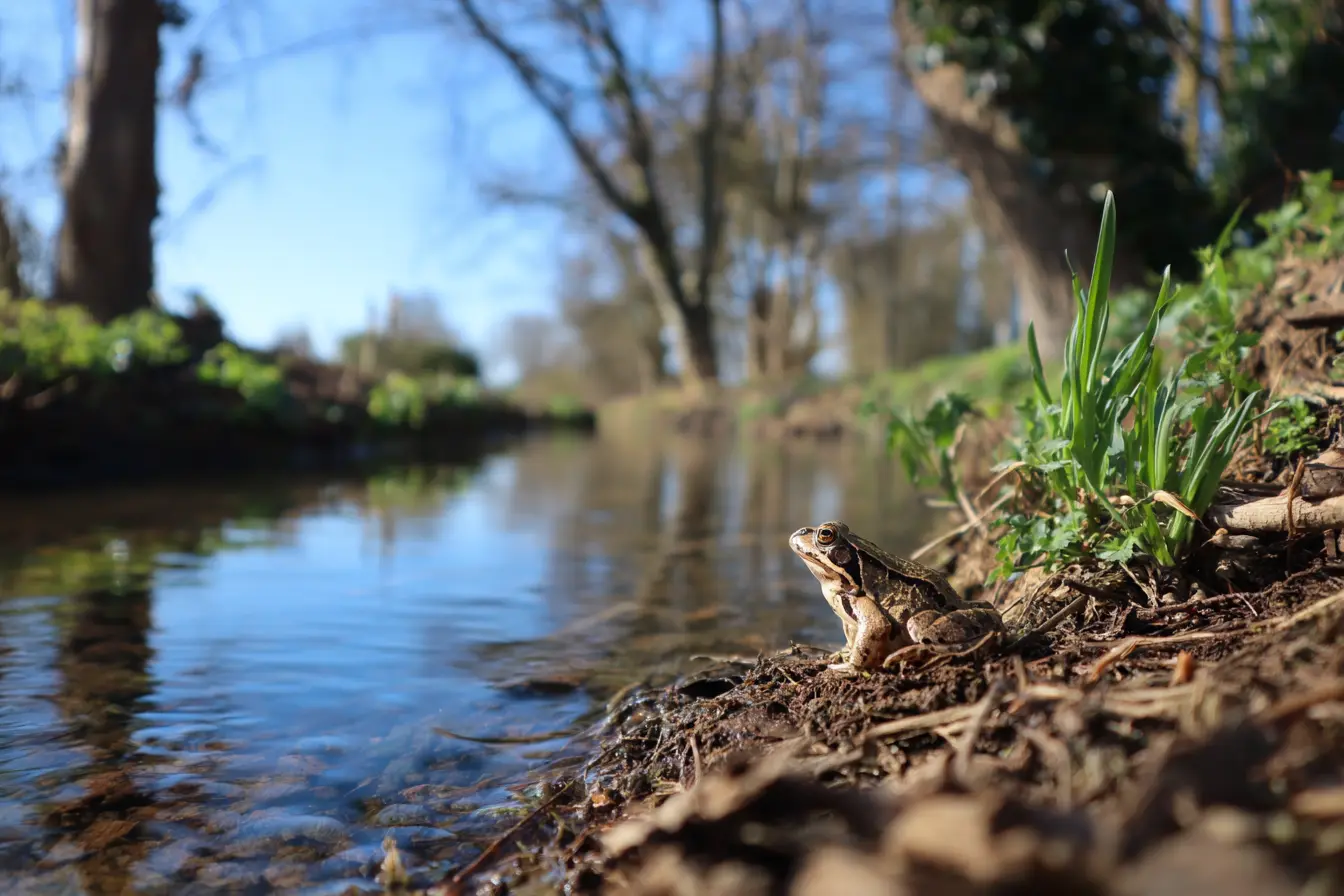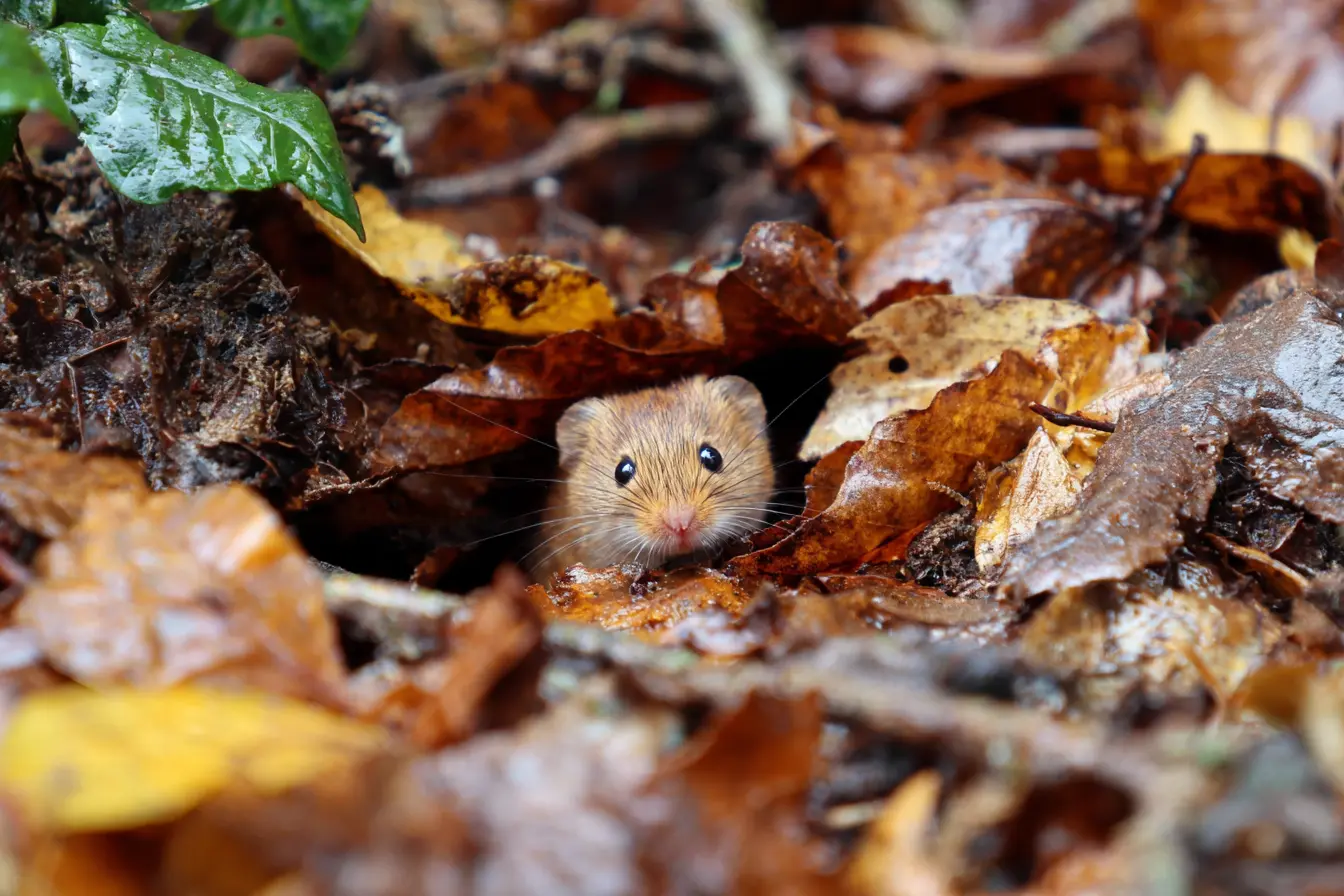
Dormice in the UK
Dormice (Muscardinus avellanarius) are among the most endearing and elusive of Britain’s native mammals. Best known for their long periods of hibernation and preference for woodland habitats, these small, golden-furred rodents are a rare sight in the wild. Their decline over the last century has made them a priority species for conservation.
This blog post explores the natural history of dormice in the UK, including their appearance, behaviour, habitat, diet, life cycle, threats, and conservation efforts aimed at securing their future.
Identification and Appearance
The hazel dormouse is the only native species of dormouse in the UK and is easily distinguished from other small rodents.
Key features
- Size: Adults measure 6 to 9 centimetres in body length, with an additional 5 to 7 centimetres of tail.
- Fur: Golden-brown fur, soft and dense.
- Tail: Long, bushy and furred—more like a squirrel’s than a typical mouse’s.
- Eyes and face: Large, black eyes and short, rounded ears; an overall “cute” appearance.
Dormice are primarily nocturnal and arboreal, meaning they are adapted to life in trees and are rarely seen on the ground.
Distribution and Habitat
Dormice are found in parts of southern England and Wales but are absent from most of northern England, Scotland and Northern Ireland. Their distribution has become increasingly fragmented.
Preferred habitats
- Deciduous woodland with a rich understorey
- Ancient hedgerows
- Scrub and coppiced woodlands
- Well-managed wood pasture and edges
Dormice depend on a diverse range of trees and shrubs that provide a continuous food source from spring to autumn.
Behaviour and Lifestyle
Dormice are solitary and highly territorial outside the breeding season. They are most active from late April to October.
Hibernation
Dormice hibernate for up to six months, typically from October to April, in nests built just beneath the leaf litter or at the base of dense vegetation.
They choose well-insulated spots to minimise heat loss and conserve energy. If conditions are poor during the active months, they may also enter temporary torpor to save energy.
Nesting
During the active season, dormice build spherical nests of woven grass, honeysuckle bark, and leaves, often in dense shrubbery or brambles.
Diet and Foraging
Dormice are omnivores but rely heavily on specific seasonal foods that influence their survival and reproduction.
Common food sources
- Hazel nuts (autumn)
- Hawthorn and blackthorn berries
- Honeysuckle nectar and pollen
- Insects and caterpillars
- Ash and sycamore seeds
- Oak flowers
Their diet changes with the seasons, and they require a succession of food sources throughout the year to build up fat reserves before hibernation.
Reproduction and Life Cycle
Dormice have a relatively short breeding window due to their hibernation period.
Breeding facts
- Mating season: Late spring to early summer
- Litter size: Typically 3 to 7 young
- Nesting sites: Within shrubs or nest boxes
- Development: Young are weaned at about 6 weeks
- Independence: Juveniles disperse before hibernation
In good years, dormice may produce two litters, but most females will raise only one brood annually.
Predators and Threats
Dormice face a range of threats from both natural predators and human activities.
Natural predators
- Tawny owls and other birds of prey
- Foxes and weasels
- Domestic cats
Human-related threats
- Habitat loss due to agricultural intensification and development
- Poor woodland management
- Fragmentation of hedgerows and woodland corridors
- Climate change affecting food availability and hibernation patterns
Dormice are particularly sensitive to habitat fragmentation as they rarely cross open ground.
Conservation Status
Hazel dormice are fully protected under UK and European legislation, including the Wildlife and Countryside Act 1981 and the Habitats Directive.
Current status
- Classified as Vulnerable in the UK
- Populations declined by over 50% since the year 2000
- Actively monitored and supported through national conservation programmes
Reintroduction projects led by organisations such as the People's Trust for Endangered Species (PTES) have helped establish dormice in parts of their former range.
Dormice versus Other Rodents
Dormice are sometimes confused with other small mammals, but they have several distinguishing traits.
Differences
- Tail: Dormice have a thick, bushy tail; other rodents have thinner, hairless tails.
- Eyes: Dormice have proportionally larger eyes—an adaptation to nocturnal life.
- Behaviour: Dormice are strictly arboreal and less likely to be seen near human habitation.
- Hibernation: Few other UK rodents hibernate so deeply or for so long.
Importance in the Ecosystem
Dormice play a modest but important role in woodland ecosystems.
Ecological contributions
- Pollinate plants such as honeysuckle while feeding on nectar
- Help disperse seeds from berries and fruits
- Serve as prey for woodland predators
Their dependence on diverse habitats makes them valuable indicators of overall woodland health and biodiversity.
Observing Dormice in the Wild
Due to their rarity and elusive nature, dormice are difficult to observe directly.
Tips for observation
- Look for chewed hazel nuts with a neat, round hole and smooth edge—characteristic of dormice feeding
- Participate in dormouse box monitoring schemes (under licence)
- Observe carefully around dense bramble or honeysuckle in quiet woodlands
All direct interaction or surveying requires a licence due to their protected status.
Conclusion
Dormice are among the UK’s most charming and ecologically sensitive mammals. Their survival depends on the careful management of woodland, hedgerows, and connected habitats. With ongoing conservation support, these secretive creatures can continue to enrich Britain’s natural heritage for generations to come.
Whether you catch a glimpse of their nests, feeding signs, or simply support local conservation efforts, dormice remind us of the hidden wonders of the British countryside and the importance of protecting complex ecosystems.
Vets near you
Speciality vets
- Aquatics vet specialists
- Birds vet specialists
- Camelids vet specialists
- Cats vet specialists
- Cattle vet specialists
- Deer vet specialists
- Dogs vet specialists
- Equines vet specialists
- Exotic vet specialists
- Goats vet specialists
- Pigs vet specialists
- Poultry vet specialists
- Sheep vet specialists
- Small Mammals vet specialists
- Wild vet specialists
